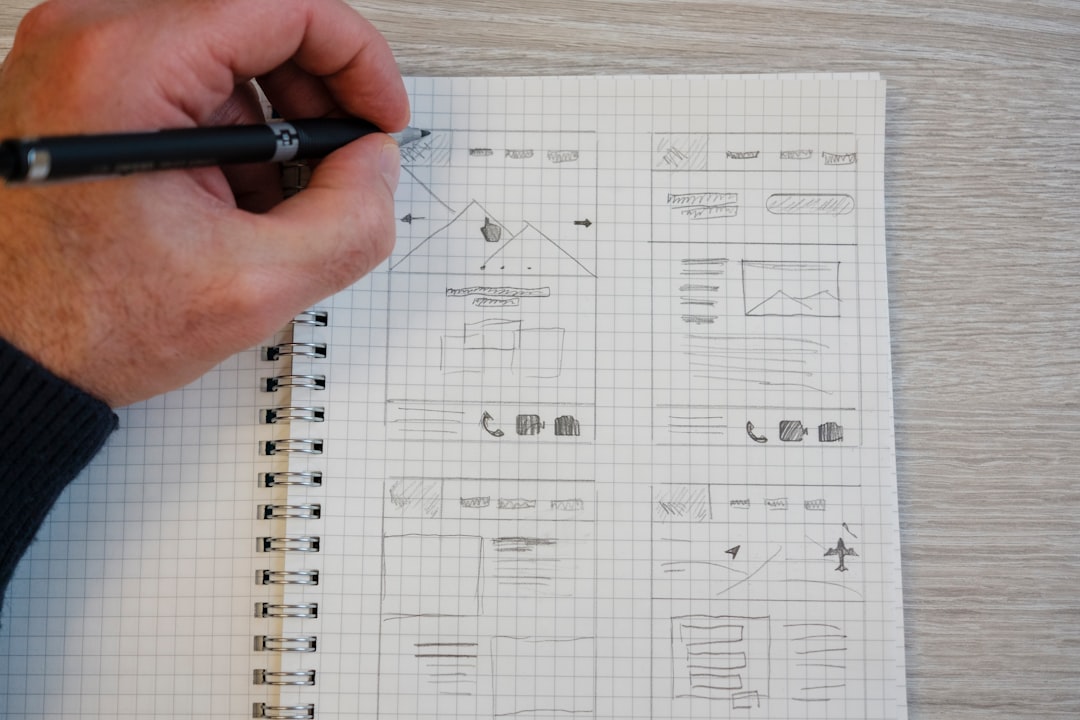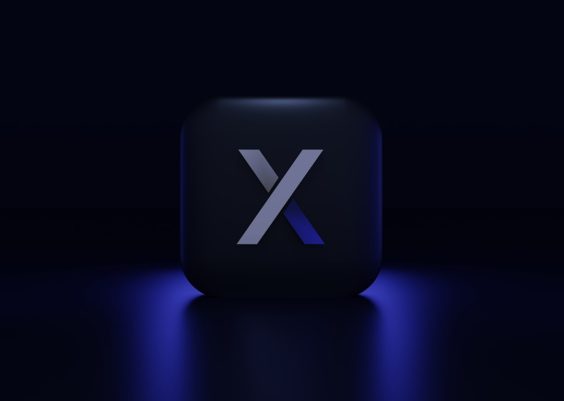Building Artificial Intelligence (AI) applications is exciting. But testing them? Now THAT’S where the real adventure begins. Don’t worry though — it’s not scary. In fact, it can even be fun! Let’s walk through the world of testing AI apps using simple words and lots of fun examples.
Why Testing AI Is Different
Testing regular software is like checking if a calculator gets 2 + 2 right. Easy. But AI apps? They learn, guess, and evolve. That means:
- They may give different results each time.
- Their answers depend on data — and data can lie.
- They don’t always show why they chose an answer.
So how do we test something that’s always learning? It starts with a plan!
Basic Methodologies for Testing AI
There are a few solid ways to test AI apps. Here are the most popular ones:
1. Unit Testing
This tests small pieces of the AI system. Think of it like checking one LEGO brick before building the castle.
2. Data Testing
Garbage in, garbage out. AI learns from data, so you must test and clean your data. No typos. No bias. No misleading info.
3. Model Evaluation
This is like giving your AI a pop quiz. We give it some test data and see how well it does. The key metrics usually are:
- Accuracy – How often it’s right
- Precision – How many answers were truly correct
- Recall – How many correct answers it found

4. Stress Testing
What happens if you throw a TON of data at your AI? Stress testing helps you find its breaking point and improve performance.
5. Usability Testing
Will a real person understand what the AI is doing? Is it helpful? Confusing? This step makes sure your AI plays nice with humans.
Best Practices to Keep in Mind
Now that you know how to test AI, here are some tips to do it really well.
1. Use Clean, Diverse Data
Your AI should learn from different stories, voices, and styles to avoid becoming biased or unfair.
2. Test Often
Don’t wait until the end. Test your AI during every phase of the project.
3. Always Compare Models
Try different models and compare results. Don’t just trust the first solution that “kind of” works.
4. Keep Humans in the Loop
Humans should double-check what AI does—especially when it affects real people’s lives.
5. Track and Repeat
Write down what tests you ran and their results. Retest after changes to make sure nothing broke.

Challenges You Might Face
AI testing isn’t always smooth. Sometimes you’ll hit a few roadblocks like:
- Unexplainable decisions – Why did the AI pick that answer?
- Changing environments – AI that works today may not tomorrow.
- Too much data – More data isn’t always better. Quality beats quantity!
But don’t worry. These are normal. With the right tools and mindset, you’ll overcome them and build amazing AI apps.
Final Thoughts
Testing AI is like teaching a robot child. You check its toys (data), quiz it (evaluation), see if it behaves in groups (usability), and make sure it doesn’t crack under pressure (stress).
With careful testing and a healthy dose of curiosity, your AI will be helpful, fair, and smart. So go ahead — test away and make your next AI project shine!




